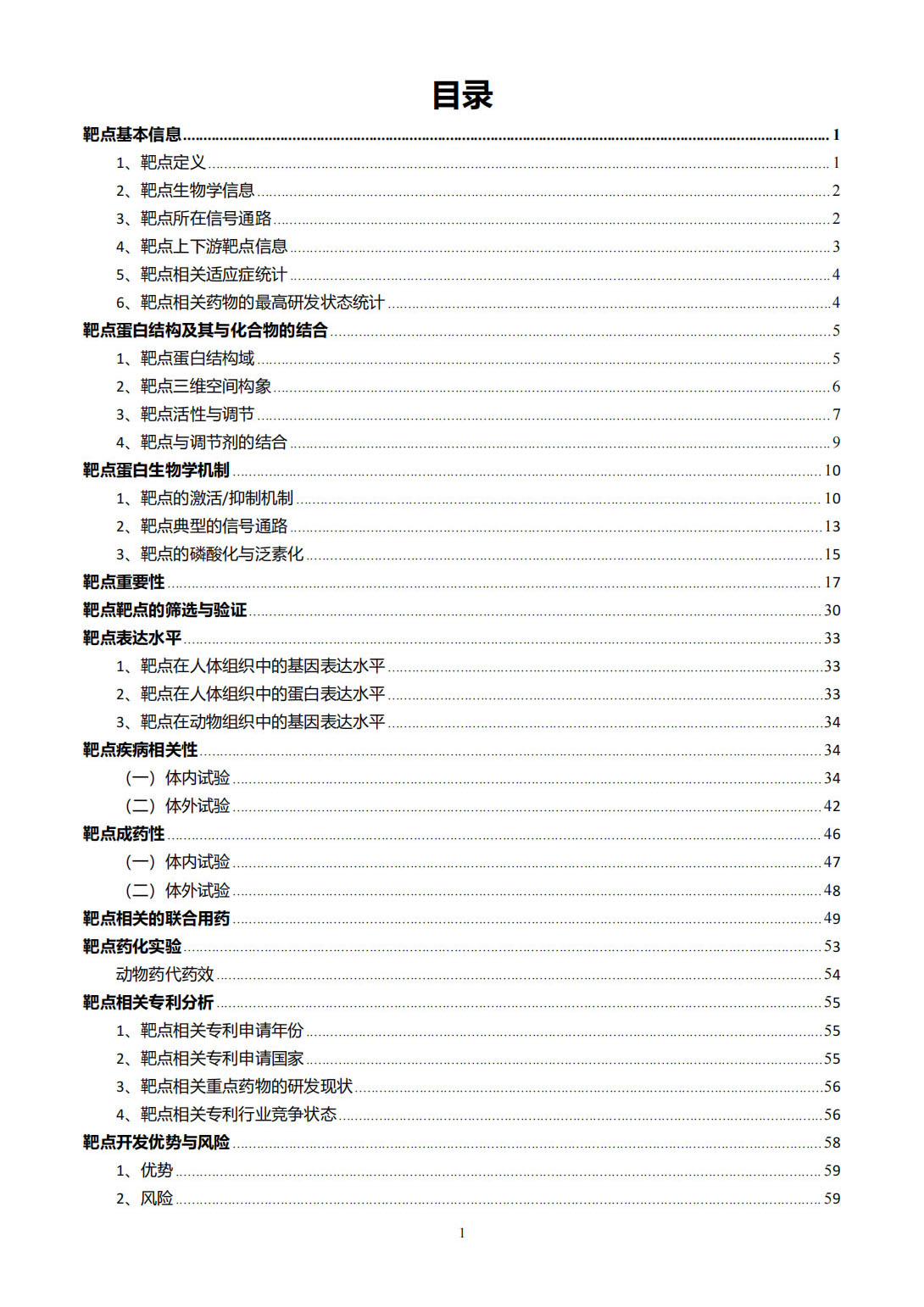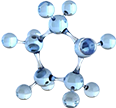ALK Target Analysis Report Summary


About the Target
ALK is a protein involved in neurodevelopment and is primarily found in the gut, CNS, and testes in adults [2]. Activation of ALK occurs through ligand-mediated dimerization and subsequent autophosphorylation [2]. However, in ALK-rearranged NSCLC, ALK activation can occur independently of ligand-mediation [2]. ALK fusion proteins resulting from gene rearrangements lead to constitutive activation of downstream signaling pathways, including STAT3, mTOR, PI3K, Ras, and MEK [2]. Resistance to ALK tyrosine kinase inhibitors (ALK-TKIs) can occur through various mechanisms, including cKIT gene amplification, HGF upregulation, and EGFR activation [3]. Different ALK-TKIs, such as crizotinib, ceritinib, alectinib, brigatinib, lorlatinib, ensartinib, and entrectinib, have been developed to target ALK and have shown efficacy in ALK-positive NSCLC [4] [5]. Mutations in the kinase domain of ALK, particularly F1174, F1245, and R1275, are common in neuroblastoma [5]. Overall, understanding the functional association and aberrant activation of ALK is crucial for developing targeted therapies and overcoming ALK-driven oncogenesis [1] [2] [3] [5].
Based on the provided context information, the key viewpoints regarding ALK are as follows:
NPM-ALK SUMOylation: NPM-ALK forms heterodimers with wild-type NPM, which shuttle between the nucleus and cytoplasm. The association between NPM/NPM-ALK and SUMO proteins occurs predominantly in the nucleus, conferring stability to NPM-ALK and preventing its degradation. This SUMOylation-mediated stability leads to the accumulation and abundant expression of NPM-ALK in the nucleus and cytoplasm [6].
Current pre-clinically tested drugs in neuroblastoma: Several drugs have been tested against neuroblastoma, targeting various molecular pathways. These include inhibitors of ALK, Trk, and PI3K/AKT/mTOR pathway. Crizotinib is a well-known anti-ALK drug that showed promising results in patients with ALK dysregulation. Other compounds such as MLN8054, MLN8237, and GNF-4256 have also been tested as inhibitors of AURKA, TrkB, and PI3K/mTOR, respectively [7].
Oncogenic regulation of PD-L1: PD-L1 expression in cancer cells can be regulated by various oncogenes, including c-Myc, p53, EML4-ALK fusion gene, EGFR, and K-ras. These oncogenes can either positively or negatively regulate PD-L1 expression through distinct mechanisms [8].
In summary, the viewpoints related to ALK include its role in NPM-ALK SUMOylation and stability, the use of ALK inhibitors in neuroblastoma treatment, and the oncogenic regulation of PD-L1 expression by ALK and other oncogenes.
Figure [1]

Figure [2]

Figure [3]

Figure [4]

Figure [5]

Figure [6]

Figure [7]

Figure [8]

Note: If you are interested in the full version of this target analysis report, or if you'd like to learn how our AI-powered BDE-Chem can design therapeutic molecules to interact with the ALK target at a cost 90% lower than traditional approaches, please feel free to contact us at BD@silexon.ai.
More Common Targets
ABCB1 | ABCG2 | ACE2 | AHR | AKT1 | ALK | AR | ATM | BAX | BCL2 | BCL2L1 | BECN1 | BRAF | BRCA1 | CAMP | CASP3 | CASP9 | CCL5 | CCND1 | CD274 | CD4 | CD8A | CDH1 | CDKN1A | CDKN2A | CREB1 | CXCL8 | CXCR4 | DNMT1 | EGF | EGFR | EP300 | ERBB2 | EREG | ESR1 | EZH2 | FN1 | FOXO3 | HDAC9 | HGF | HMGB1 | HSP90AA1 | HSPA4 | HSPA5 | IDO1 | IFNA1 | IGF1 | IGF1R | IL17A | IL6 | INS | JUN | KRAS | MAPK1 | MAPK14 | MAPK3 | MAPK8 | MAPT | MCL1 | MDM2 | MET | MMP9 | MTOR | MYC | NFE2L2 | NLRP3 | NOTCH1 | PARP1 | PCNA | PDCD1 | PLK1 | PRKAA1 | PRKAA2 | PTEN | PTGS2 | PTK2 | RELA | SIRT1 | SLTM | SMAD4 | SOD1 | SQSTM1 | SRC | STAT1 | STAT3 | STAT5A | TAK1 | TERT | TLR4 | TNF | TP53 | TXN | VEGFA | YAP1

